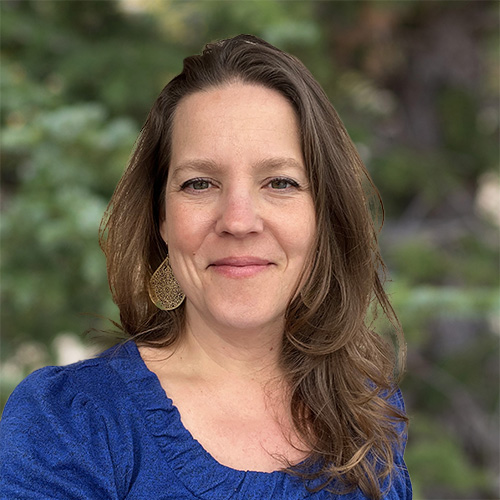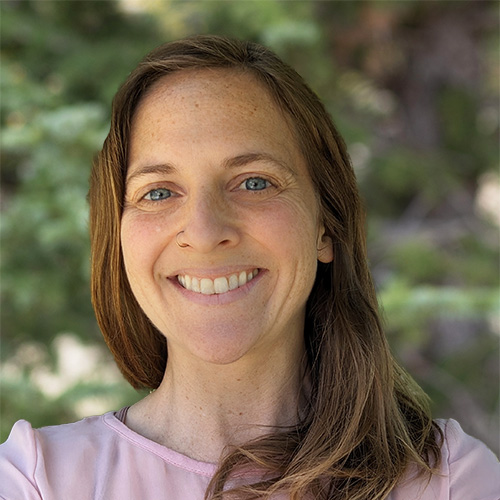The Benthic Zone (September 2025 Edition): Integral’s Sediment Newsletter
By Andrew J. Halmstad, P.E., Senior Consultant
Christopher W. Sinton, Ph.D., R.G., Consultant
Nicole Ott, Principal, Hydrology, Geosciences, and Chemistry
Jennifer L. Wollenberg, Ph.D., Principal
Daniel Doolittle, Principal, Offshore Wind
Sadie McGarvey, Consultant
The Benthic Zone newsletter is the place where Integral scientists and engineers share their expertise, running the gamut of topics related to investigation, forensic evaluation, modeling, and remediation of contaminated sediment. Take a look under the water with us.
The latest edition of The Benthic Zone features two articles from Integral technical staff.
In “Technical Impracticability Waivers: An underutilized tool for managing sediment sites,” Andrew Halmstad, Chris Sinton, and Nicole Ott explore how technical impracticability waivers can provide a practical solution for sediment cleanup challenges. Through detailed analysis of cleanup levels and remediation strategies, they demonstrate how technical impracticability waivers can streamline remedial designs when dealing with naturally occurring chemicals and diffuse contamination sources. In this article, learn about the regulatory framework, engineering considerations, and precedent for applying this underutilized tool to focus resources on the most impactful remediation efforts while achieving sustainable cleanup goals.
As part one of a two-part series, “Unlocking the Future of Environmental Monitoring: Environmental DNA as a Tool for Biological Characterization and Site Management,” Jennifer Wollenberg, Daniel Doolittle, and Sadie McGarvey introduce the cutting-edge applications of environmental DNA (eDNA) technology for biological monitoring and site management. This comprehensive overview explores how eDNA sampling can complement traditional biological assessments by providing cost-effective, non-invasive species detection and community characterization. In this article, learn about the advantages of metabarcoding approaches, regulatory considerations, and the pathway forward for integrating this innovative tool into environmental monitoring programs. Part Two will feature specific case studies from Superfund sites and greenfield applications.
If you would like to receive the Benthic Zone newsletter in the future, sign up below.







